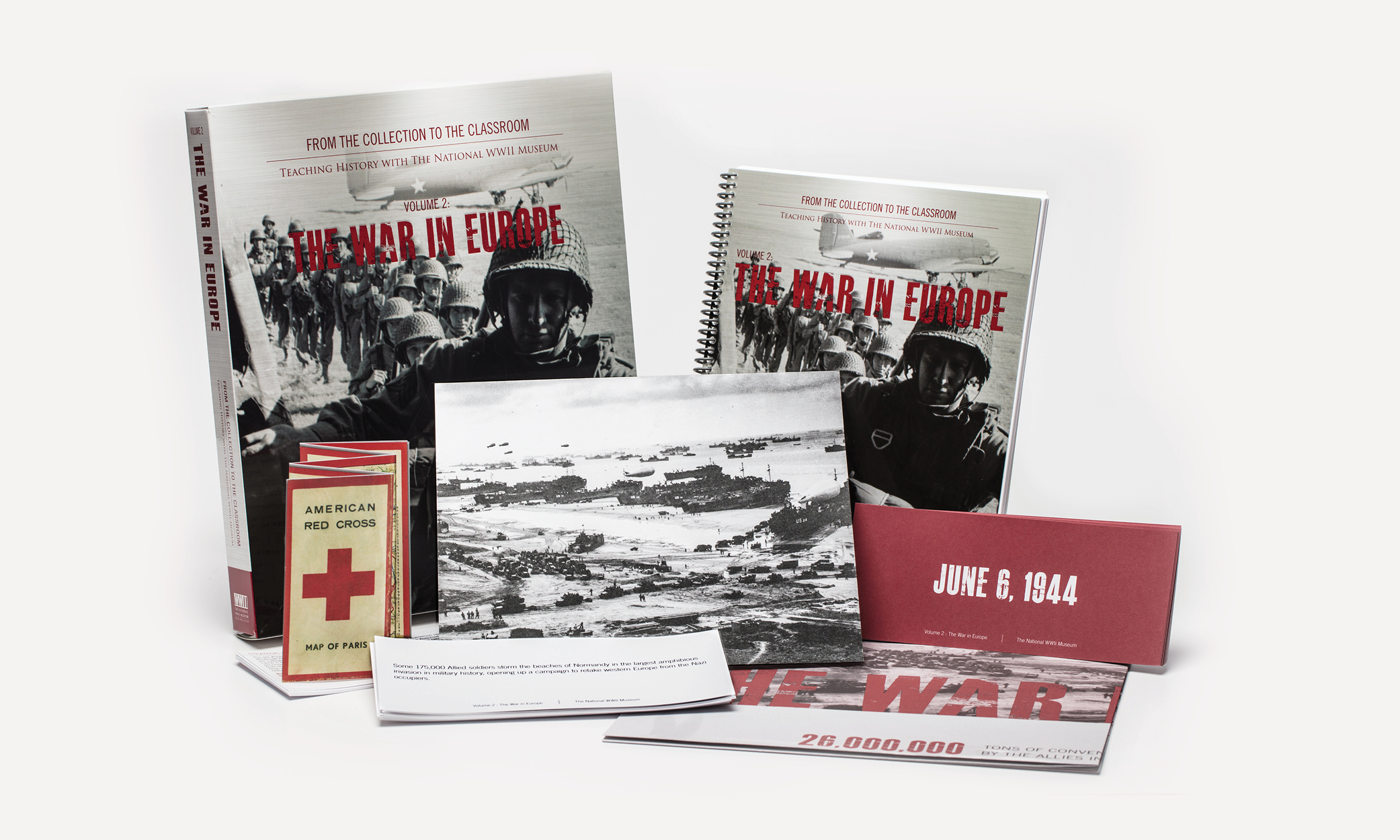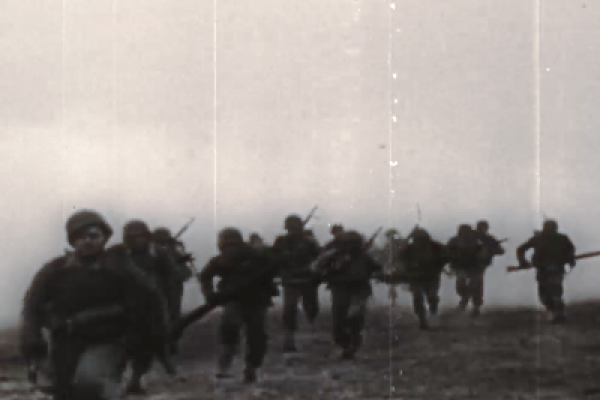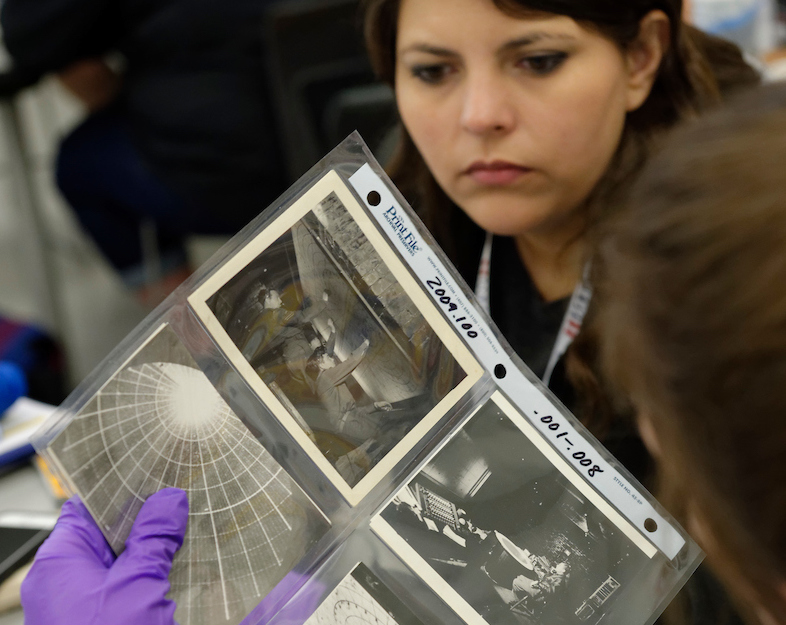
Picturing the War in Europe: A Visual Time Line
This lesson combines photo analysis with chronological reasoning skills, and also asks students to think deeply about how historians must select and prioritize historical events when writing about the past.
On Leave in Paris: Maps as Primary Sources
When is a map more than a map? In this lesson, students use a 1944 map created by the American Red Cross to make inferences about the experiences of American soldiers in post-liberation Paris. (Map available as a separate file.)
The Red Ball Express: Statistics as Historical Evidence
Do statistics make a historical argument stronger? This lesson helps students critically evaluate historians' use of statistics and data to make historical arguments.
The War in Europe: Evaluating Historic Decisions
Put your students in the driver's seat of history by having them renegotiate critical decisions from the European Theater of World War II.

The film describes the state of the European theater when the United States enters World War II in 1941, explaining both the challenges and what the US must do to meet them.
Life in Auschwitz: Evaluating Primary Sources
Is one primary source as good as the next one when researching a historical event? This lesson teaches students to critically evaluate sources and think about how a source's origin and the intentions of the author can affect its usefulness.
Eisenhower on D-Day: Comparing Primary and Secondary Sources
This lesson uses Eisenhower's Order of the Day, distributed to Allied forces on the morning of D-Day, to help students learn to read between the lines of historical documents and find useful information about the context in which they were written.


